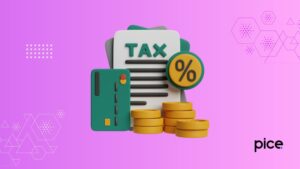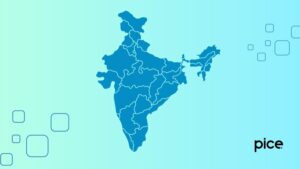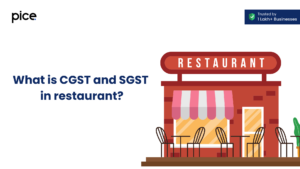GST on Food and Beverages
- 20 Jan 25
- 8 mins
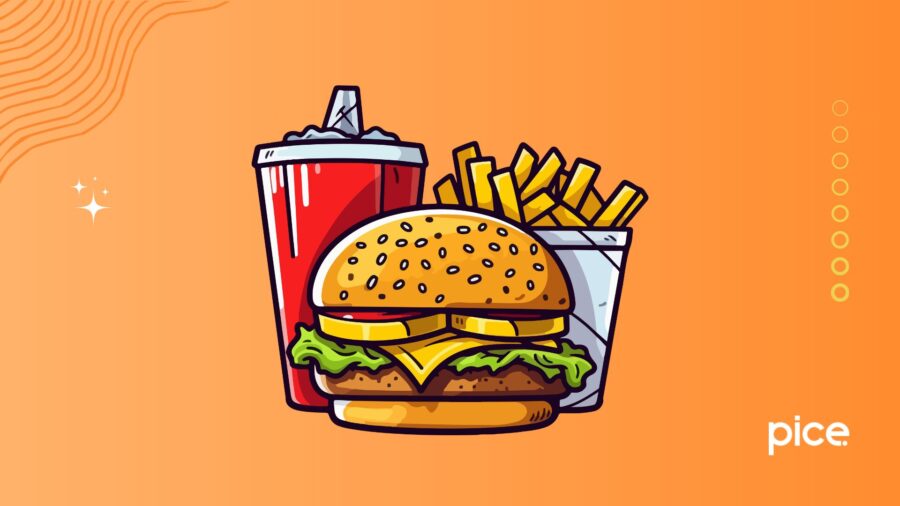
GST on Food and Beverages
Key Takeaways
- GST replaced multiple taxes like VAT and service tax for food services.
- Fresh and essential food items are exempt from GST.
- Restaurants are taxed at 5%, 12%, or 18%, based on type and services.
- Input Tax Credit is available only for establishments charging 18% GST.
- GST simplified billing and reduced the overall tax burden for consumers.
The GST on food and beverage varies between 5%, 12% and 18%, depending on factors such as the type of establishment and its location. This tax has replaced the previous VAT and service tax system for food services. It is important to note that the service charge imposed by restaurants is separate from GST.
On the other hand, alcoholic beverages fall under the purview of VAT, a state-level tax. As a result, restaurants that serve both food and alcoholic drinks impose separate taxes. Therefore, GST is applicable to food and non-alcoholic beverages, while VAT is charged exclusively on alcoholic beverages.
What were the Original GST Rules for Restaurants?
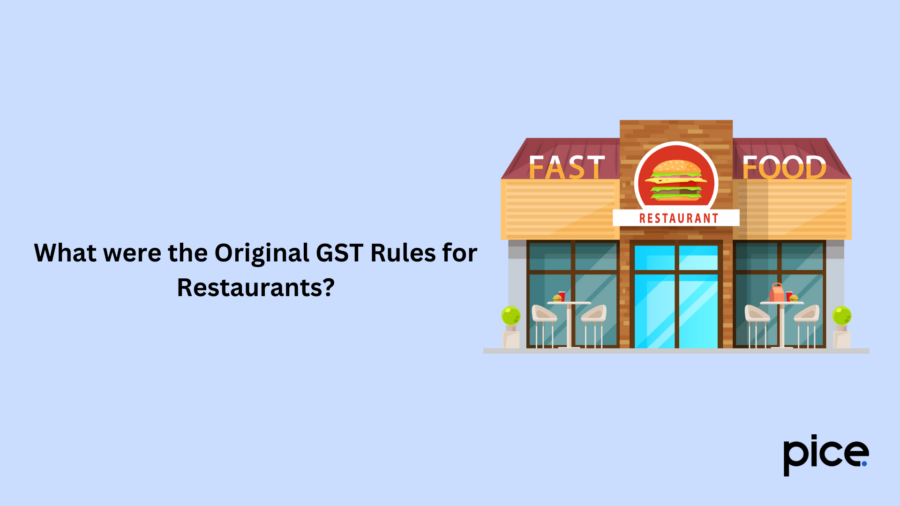
When GST was introduced in July 2017, GST on restaurant food was categorised into three different tax slabs depending upon the type of restaurant:
- Non-air-conditioned restaurants were taxed at 12% GST
- Restaurants with air conditioning or a liquor license were charged 18%
- Restaurants located within five-star hotels faced a GST rate of 28%
Back then, all Indian restaurants were allowed to claim the input tax credit. This meant that GST paid on purchasing restaurant supplies could be deducted from the total tax liability, effectively lowering operational costs for many establishments.
What are the GST rates on food, beverage services, and accommodation?
The following table shows the different rates of GST on the supply of food, beverage services, and accommodation:
| Category | Applicable GST rate |
| Any food or beverages provided at a canteen, cafeteria, or mess that operates under a contractual agreement in offices, educational institutions like schools and colleges or industrial units, as long as it is not related to specific events or occasional services | 5% with no ITC |
| Dining services offered by restaurants, including takeaway food options (for both non-air-conditioned establishments and air-conditioned) | 5% with no ITC |
| Food or meal services offered by Indian Railways or IRCTC, whether on trains or at railway platforms | 5% with no ITC |
| Restaurant services for hotels where the room rate is below ₹7,500 | 5% with no ITC |
| Services offered by restaurants located in hotels where the room rate is ₹7,500 or above it | 18% with ITC |
| Outdoor catering services offered at a venue set up for hosting events, along with the rental of that venue | 18% with ITC |
| Catering services including delivery of food provided by a food joint situated within premises of a guest house, club, etc. for both outdoor and indoor functions | 18% with ITC |
| Other food service providers, beverage services, and accommodation | 18% with ITC |
It is important to note that these rates are subject to change periodically.
What Is the GST Rate on Food Items?
Here is a table mentioning the GST rate on different food items:
| Food Category | Applicable GST rate |
| Chilled or fresh vegetables like garlic, onions, potatoes, etc. | NIL |
| Dried leguminous vegetables that are packed without the container, whether they are shelled, split, skinned, or not | NIL |
| Non-vegetarians food items like fresh or chilled meat | NIL |
| Fruits like fresh or dried coconut, fresh grapes, fresh apples, fresh or dried plantain or bananas, fresh pears, etc. | NIL |
| Eggs in the shell either fresh, preserved or cooked | NIL |
| GST on cream, unsweetened milk (both unpasteurized and pasteurized) etc. | NIL |
| Vegetables packed in containers either in raw, steamed or boiled form | NIL |
| Vegetables preserved with brine or other methods that are not fit for immediate human consumption | NIL |
| Steamed or boiled eggs that are not in their shells or egg yolks cooked through steaming | 5% |
| Packaged dried leguminous vegetables labelled with a registered trademark or brand name (whether split, skinned, or not) | 5% |
| Meat packaged in a container that displays a registered trademark or brand label | 5% |
| Vegetables like dried turmeric, dried ginger, curry leaves, bay leaves, thyme, and similar items | 5% |
| GST on food items like meals or powdered dried legumes | 5% |
| Fruits, vegetables, nuts and parts of the plant which are edible and prepared or preserved with acetic acid or vinegar acid | 12% |
| Vegetables, fruits, nuts parts of the plant which are edible and prepared or preserved with sugar | 12% |
| Different types of chocolates and products made from cocoa | 18% |
| Food items made with malt extract, flour, and other ingredients, where cocoa constitutes less than 40% of the total weight | 18% |
What Is the Effect of GST on Restaurant and Food Items?
The introduction of GST simplified billing for diners, replacing various taxes like service tax, VAT, etc. with a single GST on restaurant services. Customers noticed a slight reduction in the overall tax on restaurant bills post-GST.
- Reduction in Effective Tax Rate
Prior to GST, customers were subjected to multiple taxes, such as VAT and service tax. GST simplified this by consolidating these taxes into one, leading to a marginal reduction in the cost of dining out. However, the decrease in taxes was not substantial, and service charges at restaurants remained unchanged.
- Input Tax Credit (ITC) for Restaurants
For restaurant operators, GST initially promised to enhance cash flow by enabling them to reclaim the Input Tax Credit (ITC) on expenses like raw materials and rent. However, at first, restaurants were not allowed to claim ITC.
Over time, changes have allowed some restaurant owners to charge 18% GST on services to access ITC, though those charging the lower 5% rate for food services still cannot claim these credits.
- GST Exemption on Fresh and Frozen Foods
Most fresh and frozen products, such as vegetables and meats, are exempt from GST, while only branded, packaged food items are subject to tax. The tax rate for food items remains capped at 18%, and no food items are taxed at the highest 28% rate. As a result, the introduction of GST has not caused significant price changes for most food products.
- GST Tax Slabs for Food
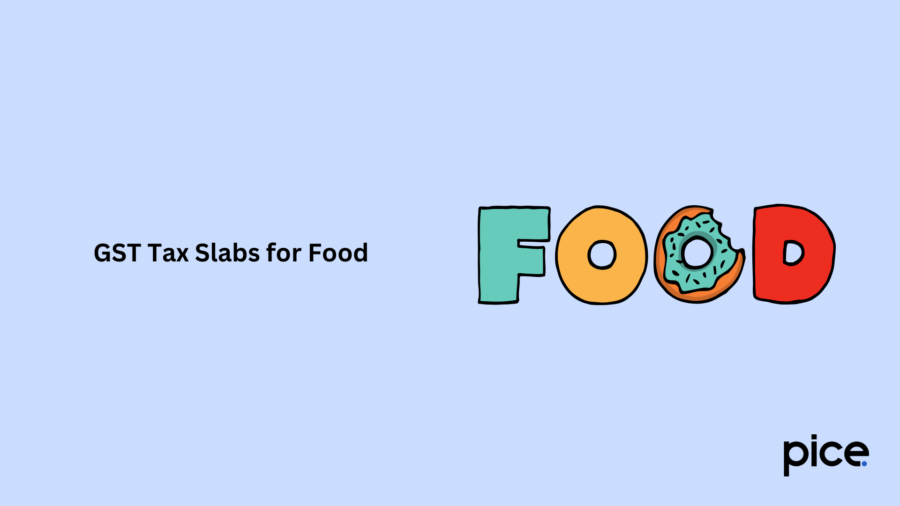
Food items and food services are classified under various GST slabs, mainly 5% and 12%. This ensures that essential food products remain lightly taxed, with the highest tax rate of 18% applied to restaurant services. This structure helps to avoid placing a heavy financial burden on everyday food items.
Let us understand with an example how pre- and post-GST looks in a food bill.
| Particulars | Billing Under VAT Regime | Billing Under GST Regime |
| Total Bill | 10,000 | 10,000 |
| Output Tax | ||
| Less: VAT at 14.5% | 1,450 | |
| Less: Service tax at 6% | 600 | |
| GST at 5% | 500 | |
| Total output tax liability | 2,050 | 500 |
| Input credit | ||
| Less: VAT ITC (no ITC on ST) | 150 | |
| Less: GST ITC | – | |
| Final Output tax liability | ||
| Less: VAT | 1,300 | |
| Less: Service Tax | 600 | |
| Less: GST | 500 |
In the above scenario, the total tax amount due under the VAT system amounts to ₹1,900. On the other hand, under GST, the net expense is ₹500 due to lower tax rates.
Conclusion
The introduction of GST on food and beverage simplified tax structures, replacing multiple levies like VAT and service tax with a unified system. This change reduced the overall tax burden for food business owners and streamlined billing for restaurants. While fresh and essential food items remain tax-free, GST ensures transparency and consistency in the taxation of food and beverage services.
💡If you want to streamline your payment and make GST payments, consider using the PICE App. Explore the PICE App today and take your business to new heights.
FAQs
 By
By 











